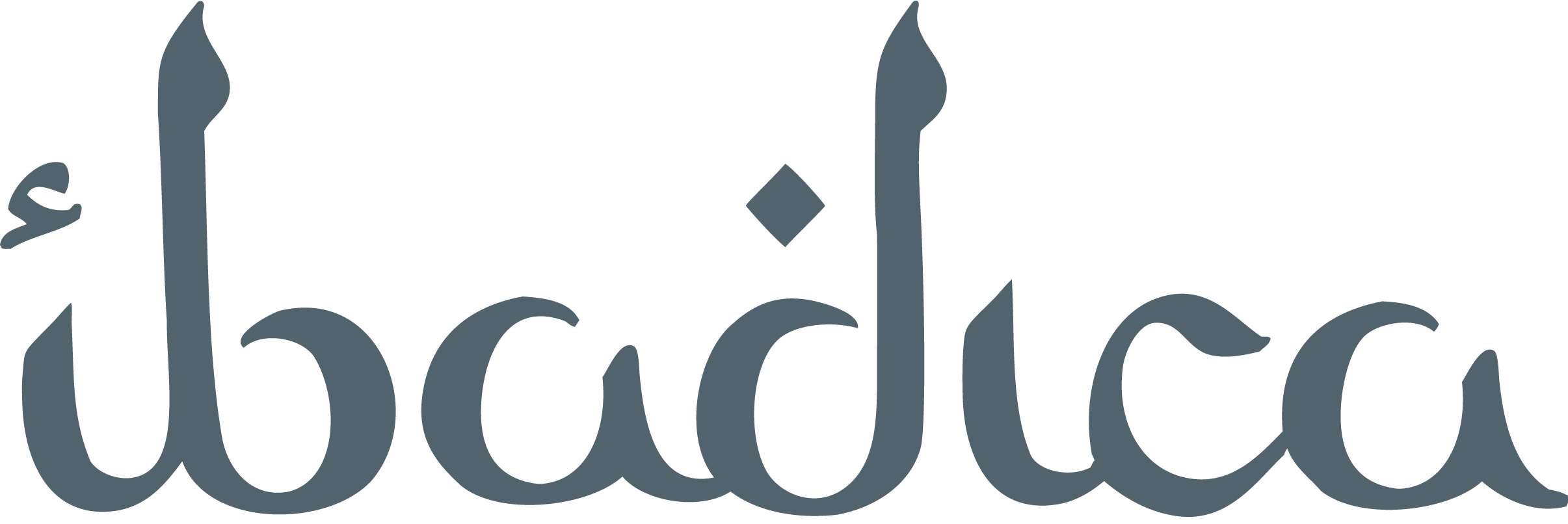The Arabic Inscriptions on the Mosque of Abū Maʿrūf at Sharwas (Jebel Nefusa)
Contenu
- Titre
- The Arabic Inscriptions on the Mosque of Abū Maʿrūf at Sharwas (Jebel Nefusa)
- Créateur
- Lowick, N. Voir tous les contenus avec cette valeur
- Date
- 1973
- Dans
- Libyan Studies Voir tous les contenus avec cette valeur
- Résumé
- The medieval town of Sharwas – sometimes written Sharūs or Sarūs – figures in the writings of Ibn al-Warrāq (10th century A.D.), Ibn Hauqāl (10th century), al-Bakri (11th century), al-Idrīsi (12th century) and the anonymous author of the Kitāb al-Istibṣār (12th century). All are agreed that it was an important place, the chief settlement (umm qura) of the Jebel Nefusa. It had no congregational mosque (jāmic), but was one of the two towns in the Jebel provided with a minbār or pulpit. The name Abū Macrūf, as applied to the mosque and the surrounding ruins, does not appear in the medieval sources but certainly goes back many centuries in oral tradition. It refers to Abū Macrūf Wiyār ibn Jawād, a famous religious figure of the later 9th century who lived a short distance to the south-east of Sharwas and who was present at the battle of Mānū in A.H. 283/A.D. 896 - 7.A preliminary note on Sharwas and its mosque has already appeared in the Second Annual Report of this Society (pp. 10 - 11). There are no less than sixteen monumental inscriptions carved on separate blocks of stone outside and inside the Mosque. Most important for the dating of the structure is the two line inscription (no. 1, pl. VIa) in the tympanum of the west doorway. This is in the ornamented variety of Kufic usually referred to as ‘floriated’ The style is decidedly ‘provincial’ and does little credit to the engraver. Nevertheless it is possible to discern, in such features as the trifoliate ending to the dāl of waḥdahu in the first line, points of resemblance to the later of the two monumental inscriptions from Ajdābiyah published in the Society's Third Annual Report (p. 5, Pl. VIIIb). This is dated A.H. 351/A.D. 962. If it is true, as there suggested, that the floriated style was introduced into Libya between c. 922 and 962 A.D., then the inscription over the doorway at Sharwas is unlikely to be earlier than the second half of the the 10th century, allowing for the town's somewhat isolated position in the Tripolitanian hinterland. It may, indeed, be as late as the 12th century, if the present Mosque postdates the destruction of Sharwas, c. 1100.
- Langue
- eng
- volume
- 5
- pages
- 14-19
- doi
- 10.1017/S0263718900000431
- issn
- 0302-3168, 2059-6154
Lowick, N., “The Arabic Inscriptions on the Mosque of Abū Maʿrūf at Sharwas (Jebel Nefusa)”, 1973, bibliographie, consulté le 18 septembre 2024, https://ibadica.org/s/bibliographie/item/8126
Position : 9456 (6 vues)

